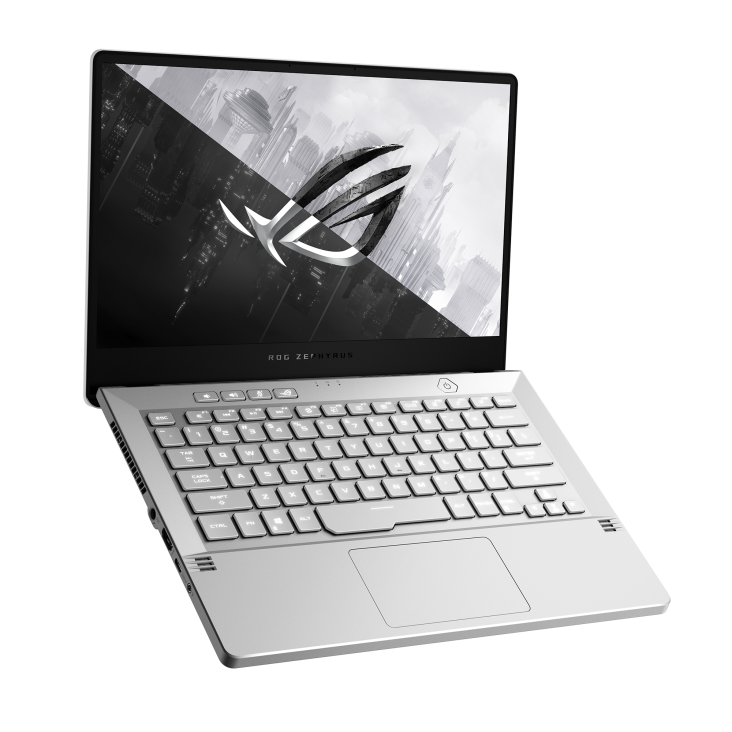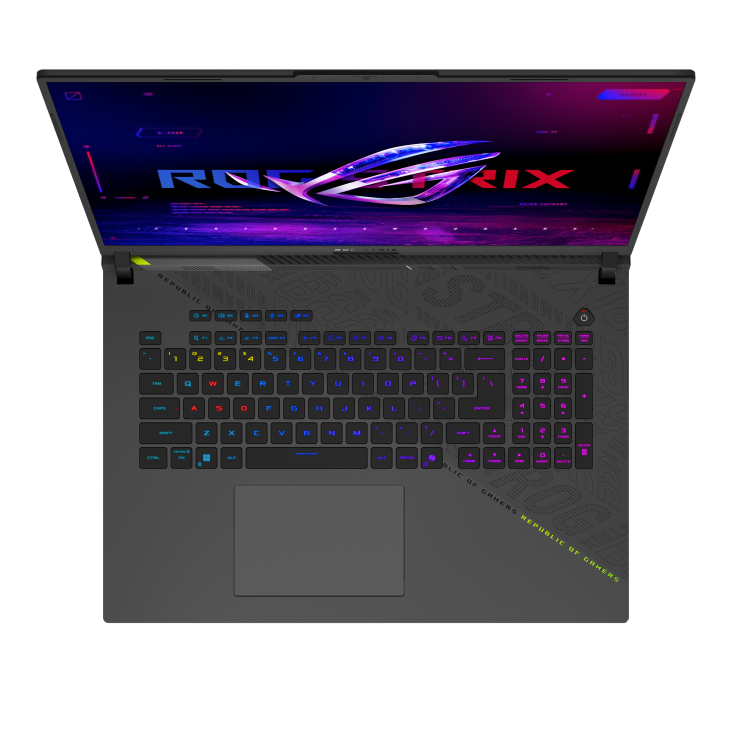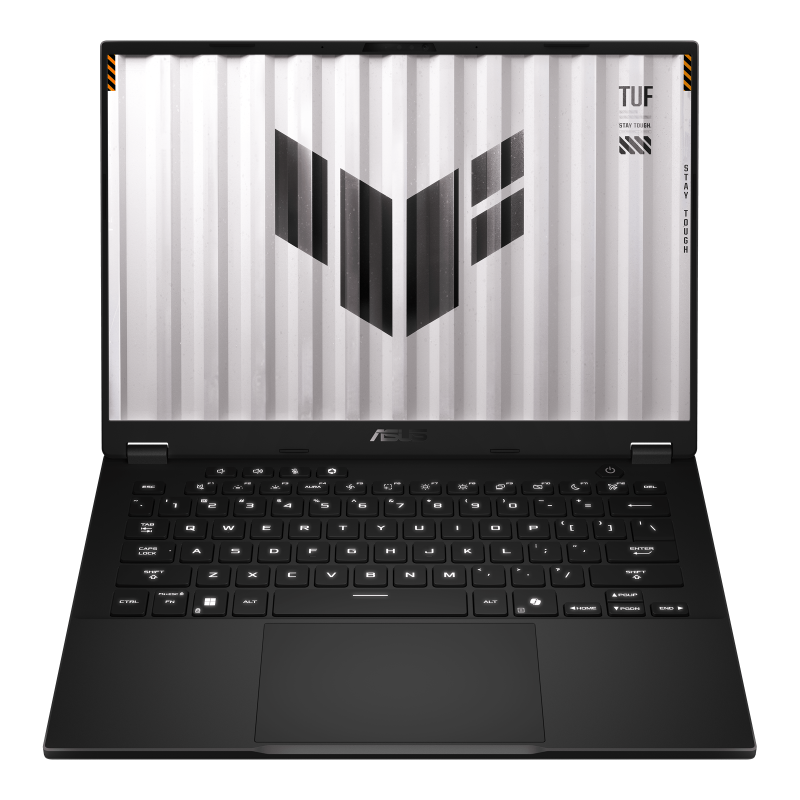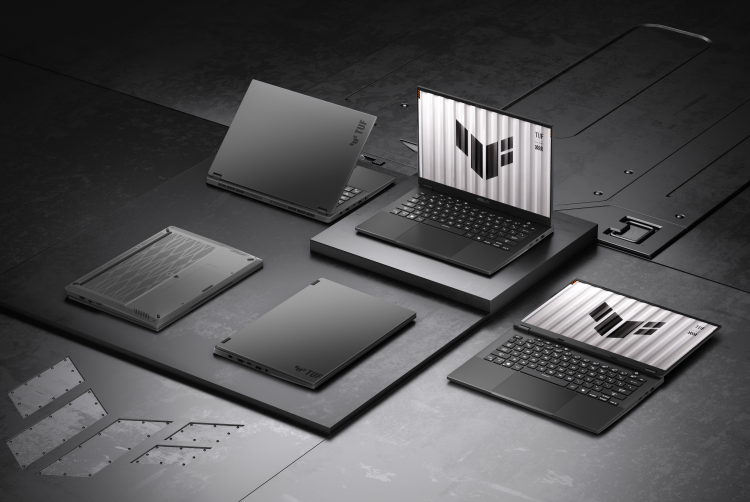Asus is deploying Nvidia’s latest mobile GPU, the GeForce RTX 5060, across its most popular gaming laptops, with models starting under $1,500.
The refresh, announced at Computex in Taipei this week, touches every significant segment: the slim-and-powerful Zephyrus G14, the RGB-rich ROG Strix G16 and G18, and the battle-tested TUF series.
What makes this launch different isn’t just a new GPU. It’s a recalibration of what you can expect from a mid-range laptop in 2025.
Thanks to Nvidia’s new Blackwell architecture, the RTX 5060 brings cutting-edge features like DLSS 4, Multi Frame Generation, and AI-driven rendering to a broader price range than ever before.
For once, next-gen really does mean accessible.
The GeForce RTX 5060 is built on Nvidia’s Blackwell architecture and features a refined core design including fifth-generation Tensor and fourth-generation Ray Tracing cores.
It supports the latest DLSS 4 technologies, including Super Resolution, Ray Reconstruction, and Frame Generation, previously reserved for premium 70- and 80-class GPUs.
Performance gains aside, the real breakthrough lies in efficiency. With a max TGP around 110 to 115 watts in most models, the RTX 5060 is a natural fit for thinner, lighter gaming laptops. It’s capable of real-time ray tracing and AI-assisted upscaling without overheating or overcharging.
Using DLSS 4 with Multi Frame Generation and Nvida Reflex, GeForce RTX 5060 Laptop GPUs are more than twice the speed of previous-generation laptops, with enhanced image quality and more responsive controls.
Below is a comparison of the key RTX 5060-equipped models announced by Asus. All seven machines feature the 8GB version of the RTX 5060 at minimum and support Nvidia’s latest features, including Nvidia Broadcast.
Swipe to scroll horizontally
Core Ultra 9 275HX | 16″, 1920 x 1200, 144Hz | 16GB DDR5 | 1TB SSD | |
Up to Ryzen 9 9955HX | 18″, 2560 x 1600, 240Hz (Nebula) | 16–32GB DDR5 | 1–2TB SSD | |
Ryzen AI 9 270 | 14″ OLED, 2880 x 1800, 120Hz | 16GB LPDDR5X | 1TB SSD | |
Core Ultra 9 | 16″, 1920 x 1200, 165Hz | 16GB DDR5 | 1TB SSD | |
Ryzen AI 7 350 | 14″, 2560 x 1600, 165Hz | Up to 32GB LPDDR5X | up to 4TB SSD | |
Ryzen 7 260 | 14″, 2560 x 1600, 165Hz | Up to 32GB DDR5 | 1TB SSD (upgradeable) | |
Ryzen 7 260 | 18″, 1920 x 1200, 144Hz | Up to 32GB DDR5 | 1TB SSD (upgradeable) |
The Zephyrus G14 is the only model here that manages to look both like a gaming laptop and a creative tool. Its 14-inch OLED panel is bright, color-rich, and snappy, with a 120Hz refresh rate and a 2880 x 1800 resolution that’s ideal for work and play.

Paired with AMD’s Ryzen AI 9 270 processor, the G14 leans into hybrid performance, offering 50 TOPS of AI acceleration via AMD’s XDNA architecture.
The RTX 5060 maxes out at 110 watts in this chassis, which is still enough to push modern titles like Cyberpunk 2077 at high settings using DLSS and Frame Generation.
It weighs just 3.5 pounds and feels more like a MacBook Pro than a traditional gaming rig, but it has enough horsepower to render or ray-trace with confidence.
For those who prefer more screen and a bit of visual flair, the new Strix G16 and G18 offer the biggest bang-per-inch in this lineup.
Both models can be configured with either AMD or Intel’s latest HX-class chips, and both offer high-refresh WUXGA or WQXGA panels at up to 240Hz.

The G18, in particular, stands out with its expansive 18-inch 2.5K panel and support for up to 32GB of DDR5 RAM. Asus’s Tri-Fan cooling system and full-perimeter heat sinks ensure the RTX 5060 can stretch its legs, making this a serious option for high-FPS eSports gaming or creative workloads that don’t require the firepower (or cost) of an RTX 4080.
And yes, the per-key RGB and wraparound light bar are still here.
I've reviewed 90+ gaming laptops, these are my top 5 picks for 2025
The TUF Gaming line is where Asus really flexes its value muscles. These laptops are built to survive drops, jolts, and long hauls, all while delivering RTX 5060 performance in a chassis that wouldn’t look out of place in a server room.

The TUF F16 and A18 are the most affordable RTX 5060 laptops in the lineup. They start around $1,539.99 and offer solid 165Hz or 144Hz displays.
Despite its size, the smaller TUF A14 packs a 2.5K panel, a Ryzen AI chip, and support for up to 4TB of SSD storage, which is a rarity in this class.
Axial-tech fans handle thermals, and dual BIOS modes let you toggle between max cooling and quiet operation. If you’ve ever wanted a military-grade gaming laptop, these are the ones to watch.
The arrival of Nvidia’s RTX 5060 isn’t about raw performance dominance. It’s about bringing bleeding-edge technology, like AI frame interpolation and real-time ray tracing, to a price point where most gamers actually live.
With configurations starting at $1,499, Asus is doing more than refreshing its portfolio. It’s raising the bar for what mid-range gaming laptops should offer in 2025.
Between the portable elegance of the Zephyrus G14, the oversized firepower of the Strix G18, and the hard-wearing TUF series, there's a system here for almost every kind of gamer.
If you’ve been waiting for a smart upgrade, the wait might finally be over.











